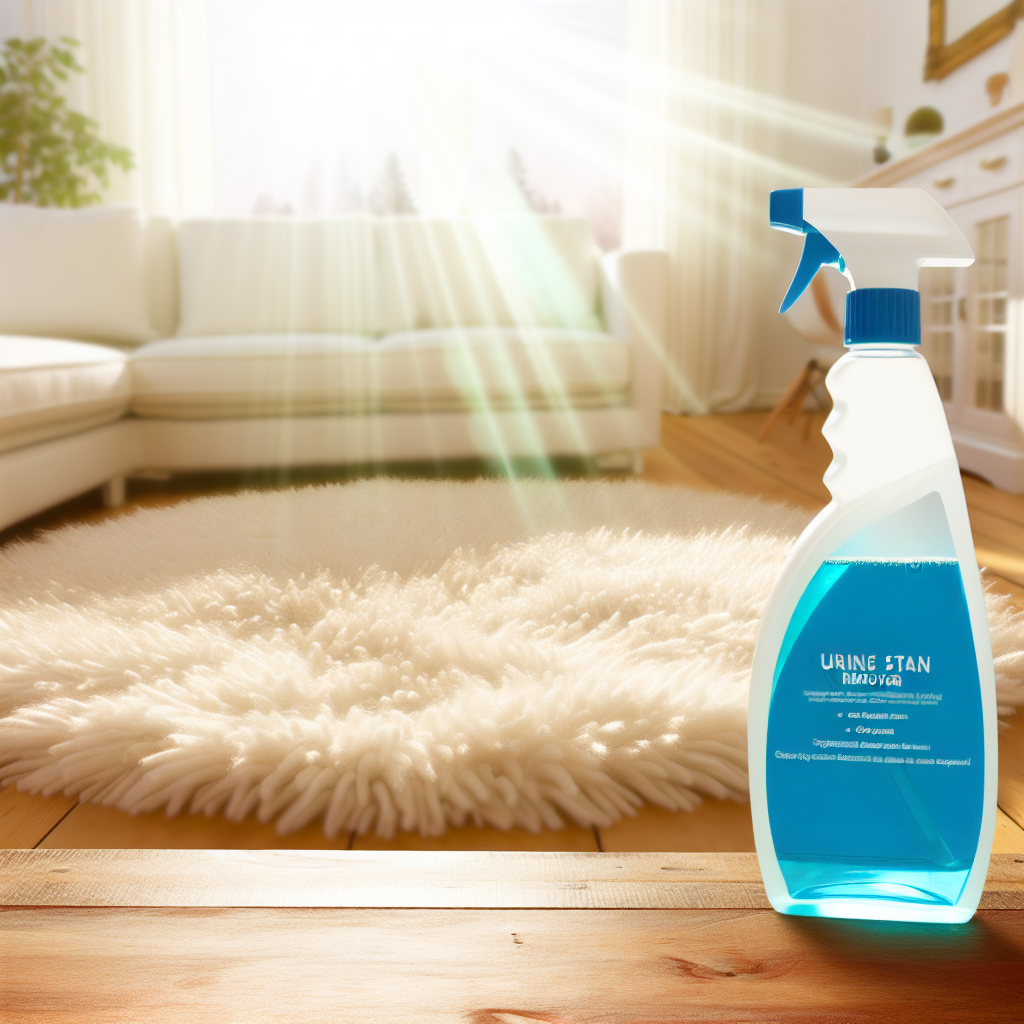Painting Wooden Furniture for a Fresh Look
Giving wooden furniture a new coat of paint can work wonders. Whether you’re refreshing an old heirloom or just want to change your home’s color palette, painting wooden furniture for a fresh look is a fun and effective way to breathe new life into your space. It’s more than just a cosmetic update—it’s a form of creative self-expression that combines functionality and style.
Painting Wooden Furniture for a Fresh Look: Where to Begin
Before picking up a brush, it’s essential to understand what kind of wood you’re working with. Different woods absorb paint and primer differently, which can affect the final result. Sanding the surface well ensures a smooth base and helps the paint stick better. Don’t skip this step—it sets the foundation for a lasting finish.
Start by removing any old paint or varnish. You can use a sanding block or an electric sander, depending on how deep the old finish goes. After that, wipe the furniture down with a damp cloth to remove dust particles. This is also a good moment to check for any cracks or dents that might need extra attention.
Preparing Your Space Before Painting Wooden Furniture for a Fresh Look
Make sure your workspace is well-ventilated and protected. Paints and primers release fumes that you don’t want to breathe in for long periods. Put down a drop cloth or some old newspapers to catch spills and dust. Organizing your tools ahead of time—paintbrushes, rollers, trays, and rags—can help your project run smoothly. Keep important supplies close by so you’re not scrambling mid-project.
Painting Wooden Furniture for a Fresh Look: Choosing the Right Paint
The type of paint you choose can make or break your project. Latex paint is a popular choice for its easy cleanup and fast drying time. Chalk paint, on the other hand, is great for creating a vintage or matte look with minimal prep. Oil-based paints take longer to dry but offer a sleek, durable finish.
Don’t forget to use a good primer before painting—especially on darker wood. Priming the surface improves adhesion and prevents wood tannins from bleeding through the paint. Depending on the piece, a sealing coat after painting might also be helpful to add extra durability.
Color and Style Tips for Painting Wooden Furniture for a Fresh Look
Trendy colors like sage green, navy blue, or warm beige can bring a modern feel to vintage furniture. Think about the mood you want to create and how the piece will complement your other décor. For a bold statement, opt for contrasting hues. For a more subtle refresh, choose neutrals or soft pastels.
Don’t be afraid to get creative with finishing touches like stencils, two-tone patterns, or distressing techniques. These add personality and turn a simple repainted piece into a custom design you’ll be proud of.
Painting Wooden Furniture for a Fresh Look: Techniques and Tools
Choosing the right tools is just as important as choosing the right paint. A foam roller is ideal for achieving a smooth finish on flat surfaces, while angled brushes work well for trim and corners.
Apply thin, even coats rather than thick ones—it’s better to go over a piece twice than try to cover everything in one go and risk drips. Allow each coat to dry fully before applying the next. It’s not just about speed; it’s about quality and longevity. Dry time might feel slow, but patience is what gives your project that sleek, factory-like finish.
Common Mistakes to Avoid When Painting Wooden Furniture for a Fresh Look
Rushing through prep work is the number one mistake. Improper sanding or skipping primer can cause paint to peel or crack. Also, avoid painting in high humidity—it can slow down drying and affect how the paint sets.
Make sure not to overload the brush with paint. Too much product can cause streaks and uneven layering. Keep in mind that “less is more” applies here too. The beauty of this process is in the layers—it’s like cooking. One bad ingredient can change the whole dish.
Painting Wooden Furniture for a Fresh Look: Maintenance and Final Thoughts
Once you’ve painted your piece, keeping it looking good over the long term requires smart maintenance. Use gentle cleaning products, and avoid scrubbing the surface too hard. Protective bumpers on the bottom can prevent wear on floors and help reduce paint damage from constant movement.
If you’ve sealed your final coat, it should hold up well, but even sealed paint can fade or wear with heavy use. Keep a small container of paint for touch-ups. That way, you can fix chips or scratches before they get too noticeable.
Enjoying the Results of Painting Wooden Furniture for a Fresh Look
When you’ve finished all the steps—prep, paint, and polish—step back and admire your work. Each brushstroke tells a story, and the finished piece reflects your personal taste and creativity. Whether your project was small, like a side table, or a full-size dining table, the outcome contributes to a home that feels more like you.
Painting wooden furniture for a fresh look isn’t just about staying trendy—it’s about preserving old favorites and making them relevant again. With the right technique, tools, and care, you can turn the everyday into something extraordinary.

